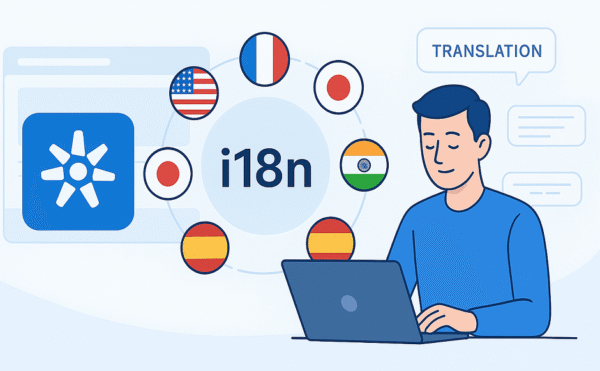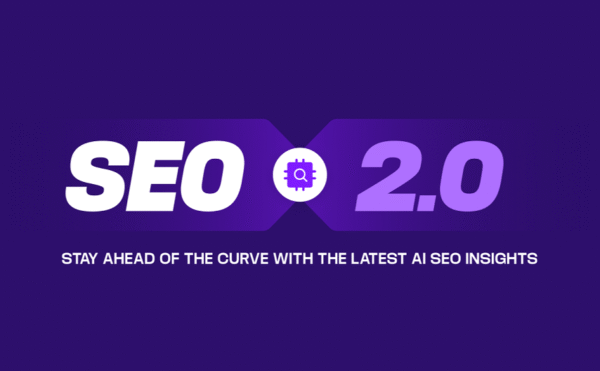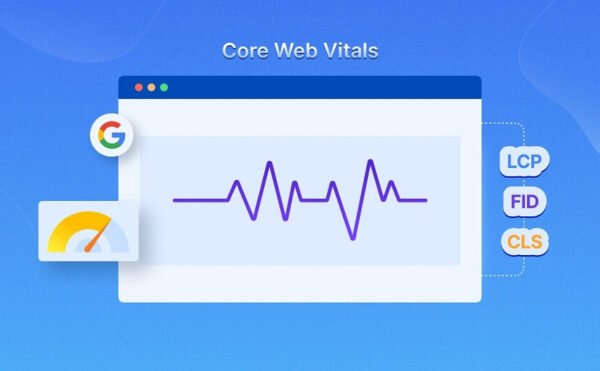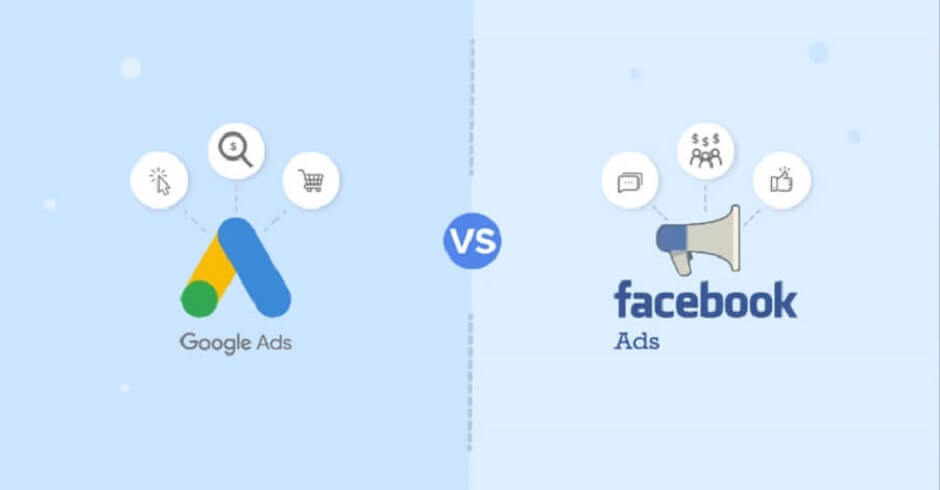
Deep Investigation: How Ad Auctions Actually Allocate Impressions
We tend to picture an “auction” as a split-second bid shoot-out. In reality it’s a chain of decisions: who’s even allowed in, how the platform spreads your budget over time, and whether a person sees the ad for at least a second. This analysis explains how impressions get allocated, why budgets “leak” without leads, and what quality, pacing, viewability and brand safety have to do with it.
1) What an ad auction looks like today
In open programmatic (RTB) and on platforms like Google and Meta, there’s a series of auctions. On the supply side: header bidding among demand sources, then a winner picked by the ad server. The ecosystem moved from second-price to first-price and unified auctions for greater transparency.
Sources: Google Ad Manager / Think with Google; IAB Tech Lab.
In OpenRTB the auction type travels in the request (e.g., at=1 first price, at=2 second price), which aligns DSP strategy.
Source: IAB Tech Lab (OpenRTB).
2) “Bid × quality”: why equal bids often aren’t equal
In Google Ads, Ad Rank is not just the bid: expected CTR, relevance, landing-page quality, context, and asset contribution all matter. That’s why identical bids can yield different outcomes — and a lower bid can win.
Source: Google Ads Help (Ad Rank).
On Meta, learning and optimization toward the chosen event (click, install, purchase) add another layer. The first few hundred impressions fund “exploration”; before learning ends, performance is volatile.
Source: Meta Business Help Center (Learning Phase).
3) Pacing: how the system “stretches” your budget
Even with a high bid, the platform won’t necessarily serve everything now: it aims to hit cost targets and distribute spend across the flight. That’s pacing — orchestrating auction participation over time and across inventory.
Source: Display & Video 360 (Google).
On Meta, pacing is tied to an “event threshold” — roughly 50 target events over ~7 days per ad set to exit learning; overly narrow targeting or low bids stall delivery.
Source: Meta Business Help Center.
In Google Search, “accelerated delivery” was removed in favor of “standard” delivery to avoid morning budget burn and lean more on optimization.
Source: Google Ads Help.
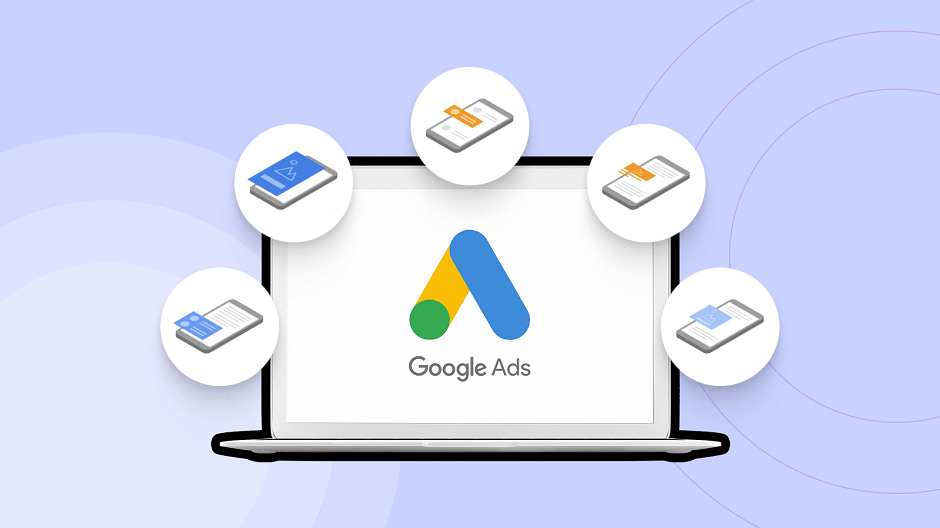
4) Why impressions “leak” without leads: a map of bottlenecks
The auction isn’t the only funnel. Before the winning impression, systems apply price floors, private deals and priorities, frequency caps, brand blocklists, traffic-quality filters, viewability rules, content suitability, and more. Common reasons for a gap between impressions and outcomes include the following.
4.1 Opaque pricing and bid-shading drift
First-price auctions increased the role of DSP tactics like bid shading (predicting the minimum clearing price to pay less than the raw bid). It saves money — but mis-calibration reduces wins when inventory prices or floors rise.
Sources: IAB Tech Lab; major DSP research roundups.
4.2 Low viewability and “dead” impressions
Per MRC, an impression is viewable if ≥50% of pixels are in view (≥1s display, ≥2s video). In practice, a chunk of viewable impressions captures little actual attention; correlation with leads varies. Hence the interest in attention metrics (time in-view, screen share, interactions).
Sources: Media Rating Council; IAB Tech Lab; DoubleVerify / Lumen studies.
4.3 Brand safety and over-protection
Blocklists, content categories and “suitability” tiers protect brands, but overly strict settings shrink inventory and break pacing. Industry alignment relies on IAB Tech Lab taxonomies and the GARM framework; many advertisers lean on TAG certifications.
Sources: IAB Tech Lab; WFA / GARM; TAG.
4.4 Invalid traffic and “phantom” inventory
Some impressions are filtered as invalid traffic (IVT), from simple bot clusters to complex schemes. MRC publishes detection/filtering standards; TAG sets thresholds and practices. Certified channels typically show lower IVT.
Sources: Media Rating Council; TAG.
4.5 Attribution and conversion windows
“No leads” often means “no leads within the chosen window/model.” With long buying cycles, upper-funnel inventory is undervalued; strict last-click under-credits awareness video/social. Mixing post-view and post-click without guardrails yields phantom performance.
4.6 Learning resets and audience fragmentation
Any “material” change to creatives/targeting restarts learning on Meta; many small ad sets cannibalize and lose statistical power — no stable exit from learning, no smooth pacing.
Source: Meta Business Help Center.
4.7 Landing mismatch and quality
Even with “right” bids, weak relevance and slow landing pages depress Ad Rank, cut auction wins, and ultimately cut leads.
Source: Google Ads Help (Ad Rank; landing-page quality).

5) How the system chooses “who and when”: a quick schematic
Request signals (user, context, device) → inventory filters (brand safety, taxonomy, viewability) → probability models (click, view, conversion) → bid/constraints (manual or Smart/auction-time) → auction (winner and price) → pacing (serve now or later). Google’s Smart Bidding operates at auction-time; Meta adapts via continuous learning.
Sources: Google Ads Help; Meta Business Help Center.
6) Viewability vs. “attention”
Viewability is the chance to be seen. For business prediction it’s often insufficient: attention adds time in-view, share of screen, interactions, and video completion. Several studies show stronger ties to outcomes — but pilot these metrics in your category.
Sources: DoubleVerify; Lumen; MRC.
7) Why platforms “save” your budget
Delivery algorithms manage not only spend, but also CPA/ROAS goals. If your bid/goal makes an impression unprofitable per the model, the platform abstains and yields the inventory — it looks like “impressions leaked,” but it’s controlled under-delivery for flight-level efficiency.
Sources: Google Ads Help (Smart Bidding); Meta Business Help Center (Delivery & Pacing).
8) Diagnosing “impressions OK — no leads”
Step 1 — Auction budget math. Distribution of clearing prices vs your bids; hour-of-day swings; win-rate shifts at constant targeting. Abnormally low prices plus high volume: check viewability and inventory quality.
Step 2 — Viewability/attention by placement. Compare viewable share and attention (if available) with leads. “High viewability, low leads” can signal fly-by content with little attention.
Step 3 — IVT/fraud layer. Review IVT/bot filtering reports. TAG-certified channels typically exhibit lower IVT.
Step 4 — Brand safety / suitability. Ensure strict settings aren’t strangling inventory; align to taxonomies.
Step 5 — Pacing/learning. If “Learning Limited” on Meta: consolidate sets, widen audiences, or relax goal/bid to reach ~50 events/7 days.
Step 6 — Landing/speed. Faster, more relevant pages raise conversion probability and Ad Rank — more wins per budget.

9) Realigning strategy, budget and creatives
Bids and goals. On Google, start with freer strategies (Maximize conversions/value) on realistic budgets, then move to tCPA/tROAS when data suffices. On Meta, avoid fragmentation; aim for 50+ events/7 days per ad set.
Pacing. Track daily/weekly spend velocity and win rate; make gentle bid/target tweaks (big edits reset learning). In DV360, pick pacing modes that fit flight and KPI.
Inventory and supply path. Check ads.txt/app-ads.txt; narrow supply paths (SPO) to quality sources to reduce dupes, inconsistent floors, and price drift.
Viewability/attention. For awareness, prioritize high-attention placements (not just viewability). For performance, secure viewability without over-filtering that kills delivery. Pilot attention metrics and validate their link to your leads.
Creatives. “Dead-end” assets lose to the algorithm’s forecast. Speed up message/visual testing so the system finds the “audience ↔ creative” match faster.
10) Case sketches
Case A. Impressions spike as price drops — but no leads. Diagnosis: surge of micro-placements with low attention. Actions: constrain formats/positions, raise floors via private deals, re-allocate budget — leads recover with a higher average CPM.
Case B. Stuck in Meta learning, too few events — the platform throttles auctions. Actions: consolidate, temporarily move goal up-funnel, raise daily budget to ~50 events/7 days — stable delivery and conversion lift.
Case C. Over-strict brand safety → −60% inventory. Shift to tiered suitability (not all-or-nothing): reach restored, pacing stabilized, risk managed.
11) What to read and reference (names only)
- Google Ads Help — Ad Rank, Smart Bidding (auction-time bidding)
- Meta Business Help Center — Learning Phase, Pacing, Delivery
- IAB Tech Lab — OpenRTB; ads.txt / app-ads.txt; Content Taxonomy
- Media Rating Council (MRC) — Viewable Ad Impression Guidelines; Invalid Traffic Guidelines
- Trustworthy Accountability Group (TAG) — Certified Against Fraud / Brand Safety Certified
- WFA / GARM — Brand Safety Floor & Suitability Framework
- DoubleVerify / Lumen — research on attention metrics
Method note: we rely on primary platform documentation and industry standards; for debated points we cross-checked multiple sources and ensured recency.
Want to do something great? Let us help you.
Related Articles
In recent years, web development has undergone rapid changes. To stay ahead of the competition and effectively grow an online business, it’s essential to pay attention to the latest trends…
1) AOV isn’t the goal — it’s a by-product Average order value is tempting, but it’s only a shadow of what matters: gross profit per session. Any tactic that lifts…
The big picture: what “entering Europe and the UK” really means Localization isn’t “translate the site.” It’s aligning four independent systems: language, currency, tax, shipping. Language explains value; currency makes…
Fraud prevention in e-commerce isn’t a wall — it’s a thermostat. You constantly trade off two risks: letting a bad transaction through and losing a good one. Any added “hardness”…
SEO is growing up: from keywords and “one page per phrase” to entity graphs, programmatic landing generation, and deliberate internal linking. This practical map shows how to think in clusters,…
Faster pages convert better. Skipping the academic stuff, here’s how speed (LCP, INP, CLS) turns into revenue and what to do now: leave a render margin, extract critical CSS, defer…
Any questions?




